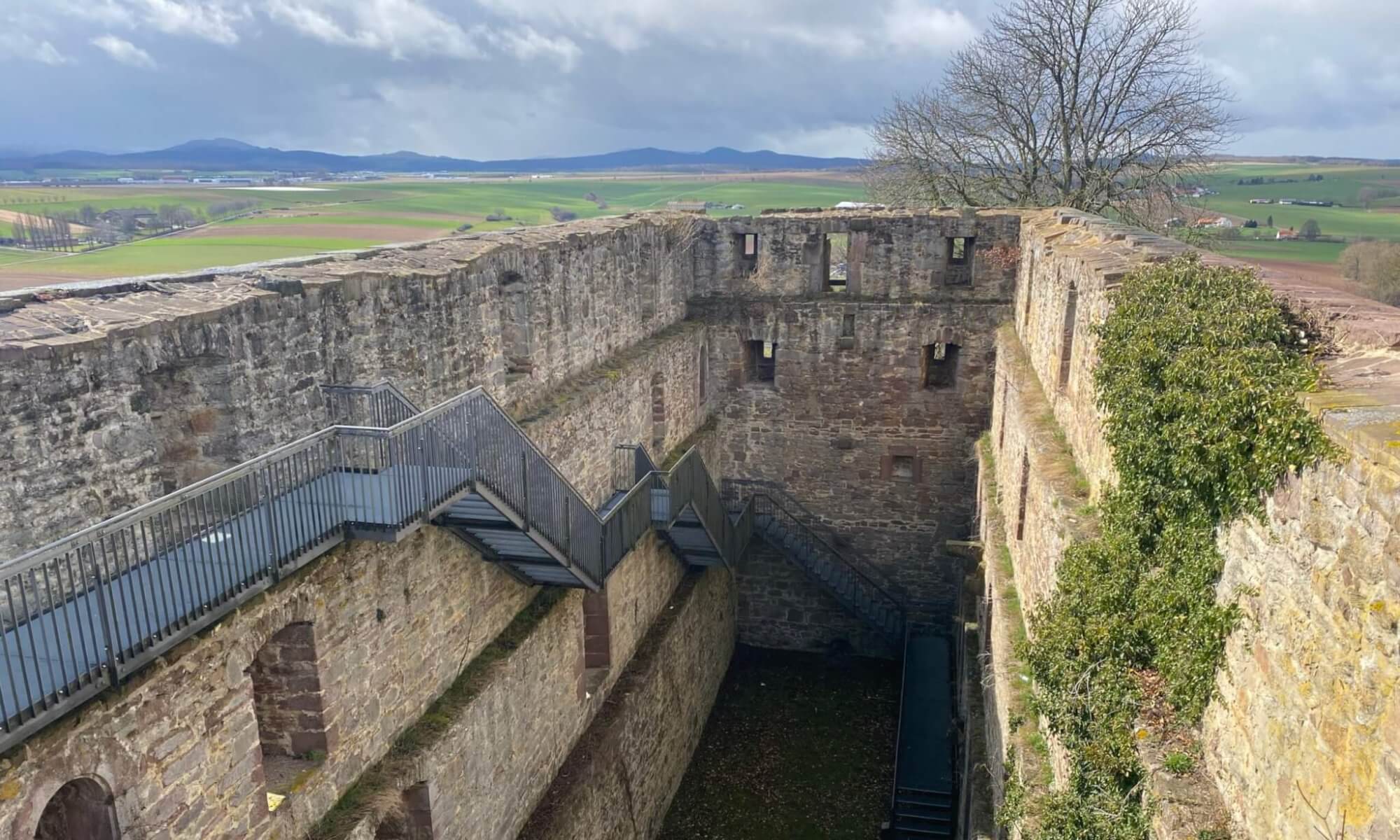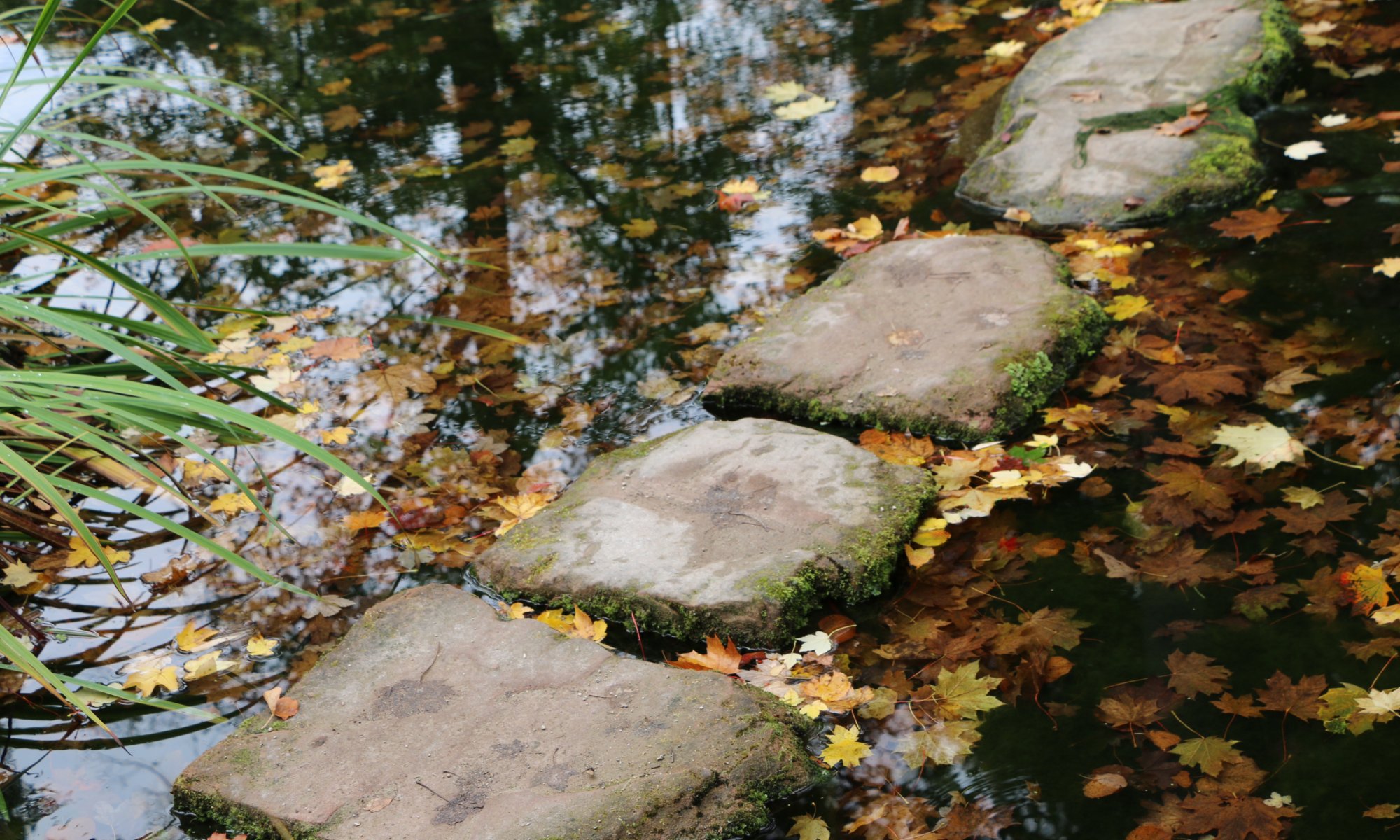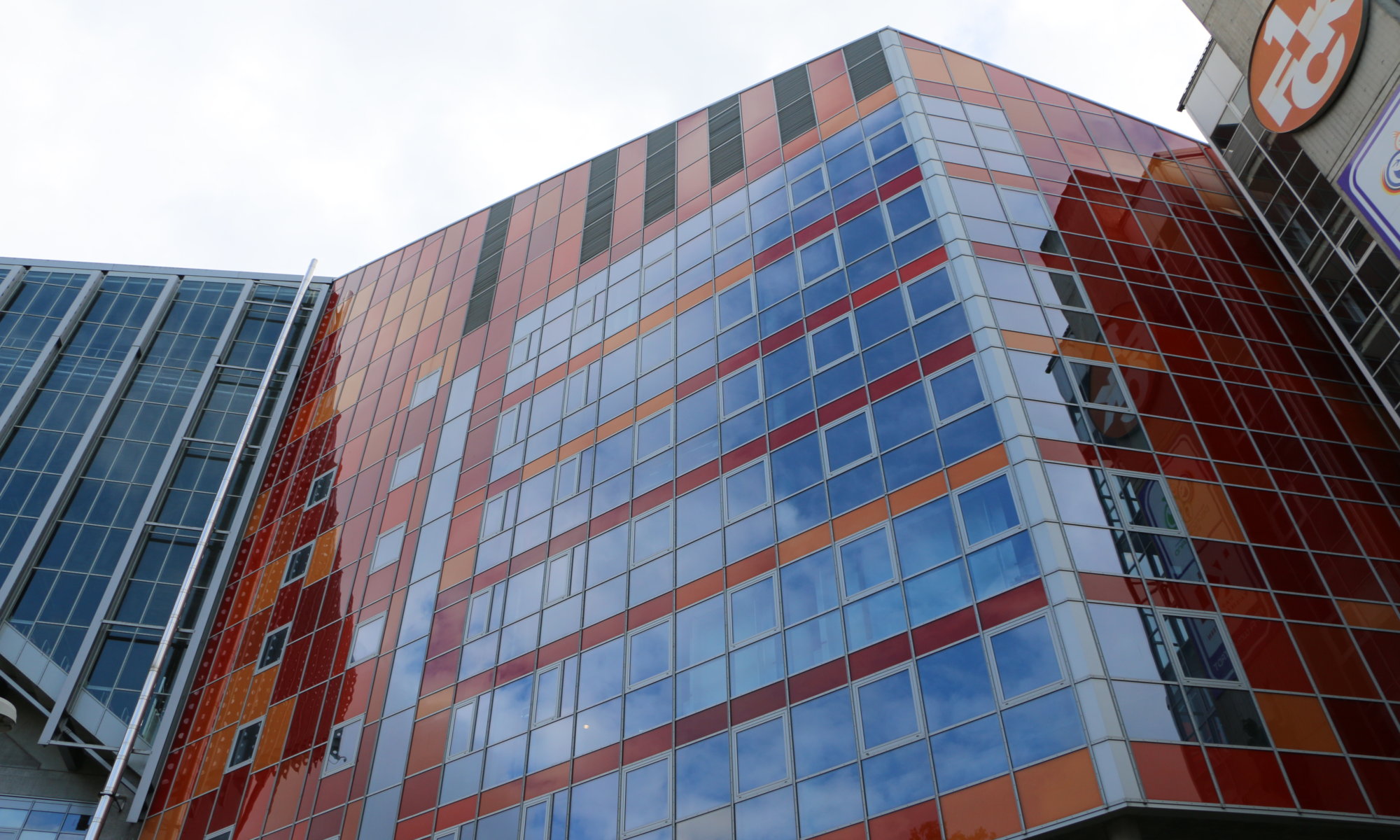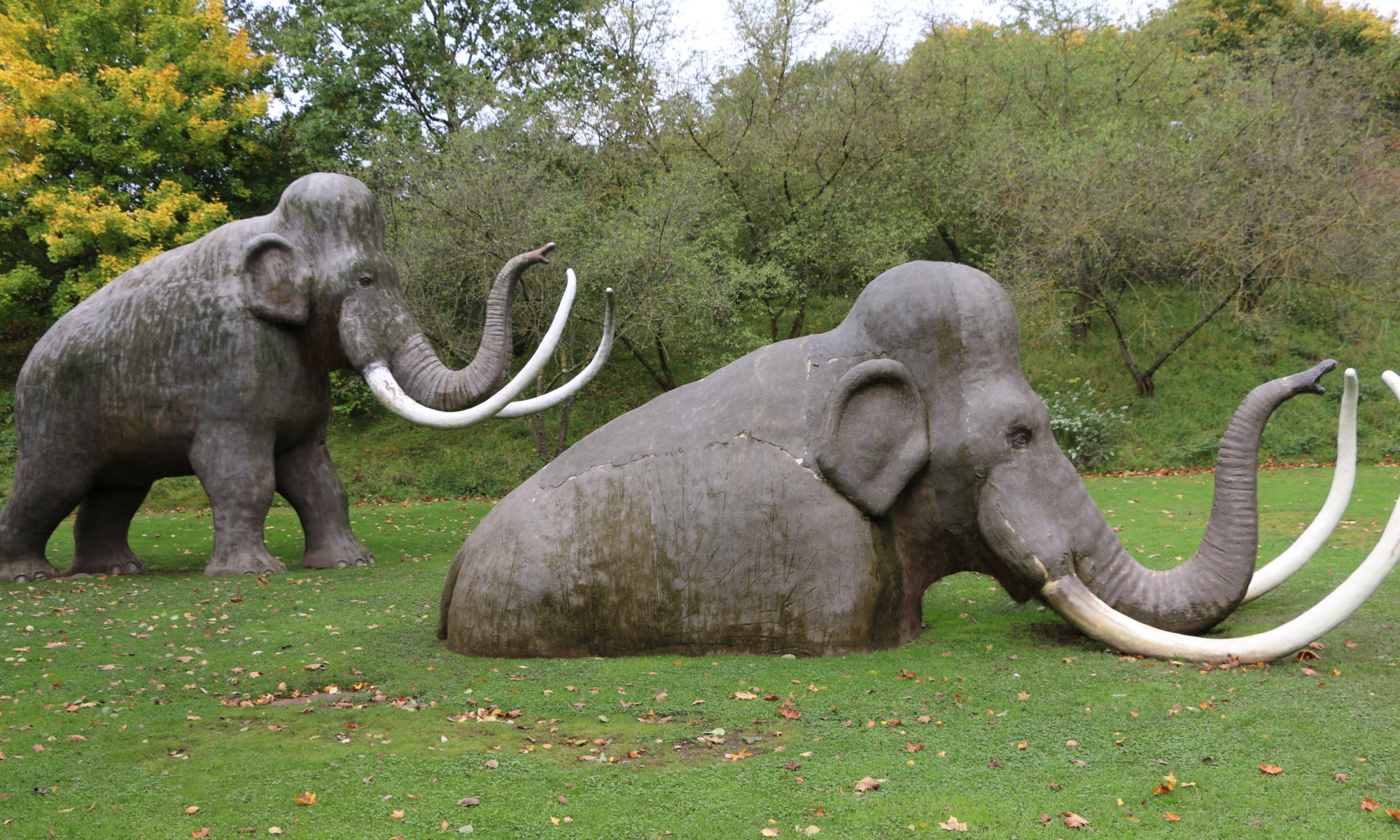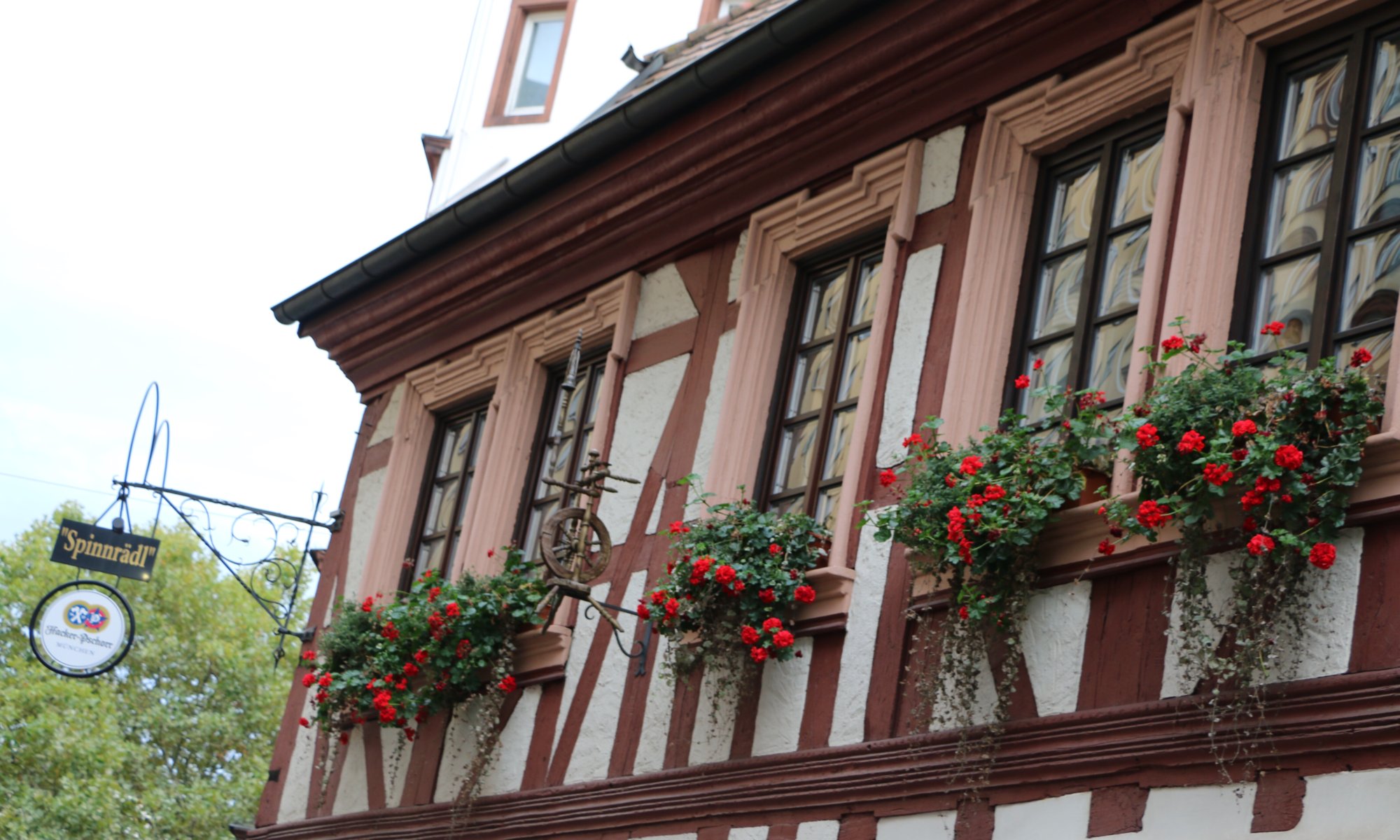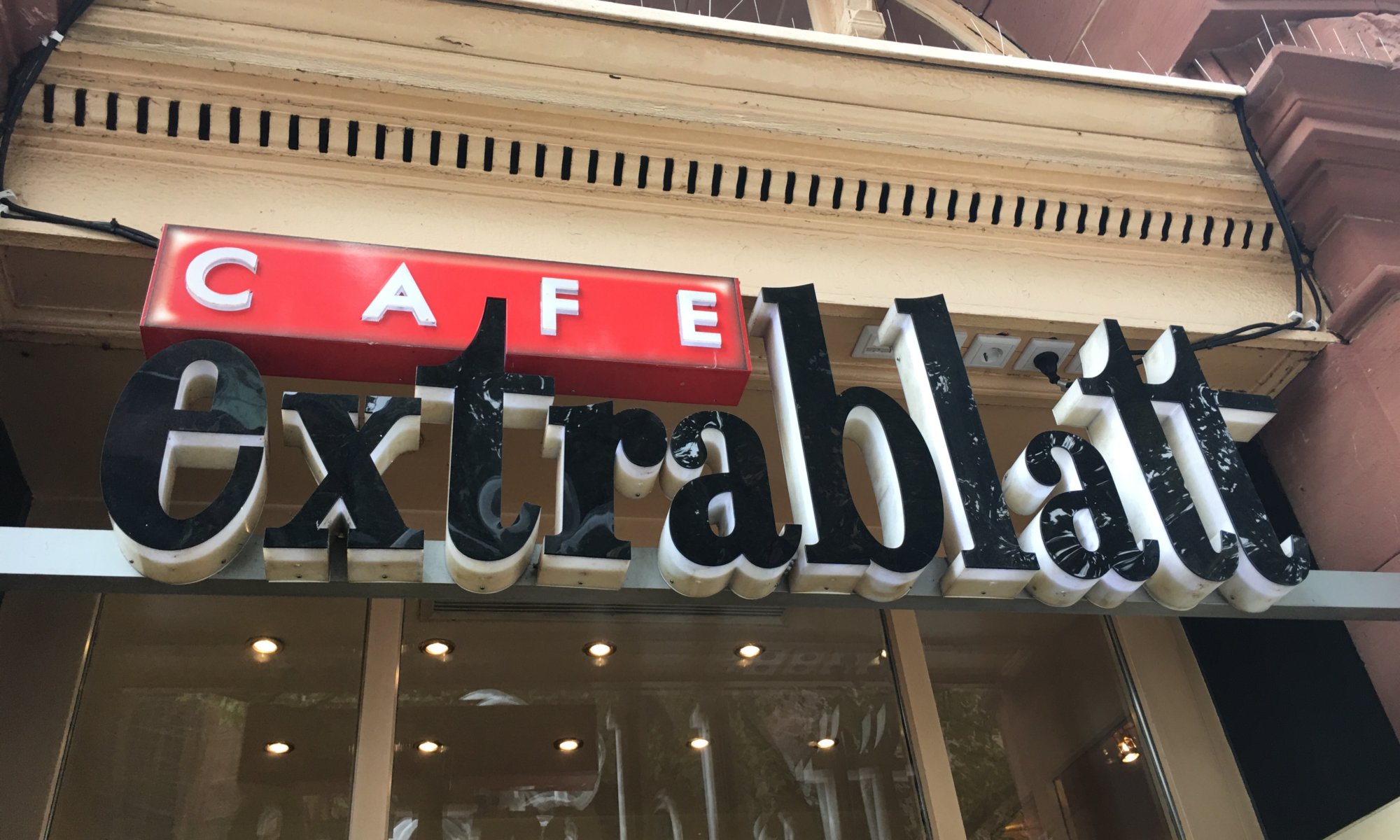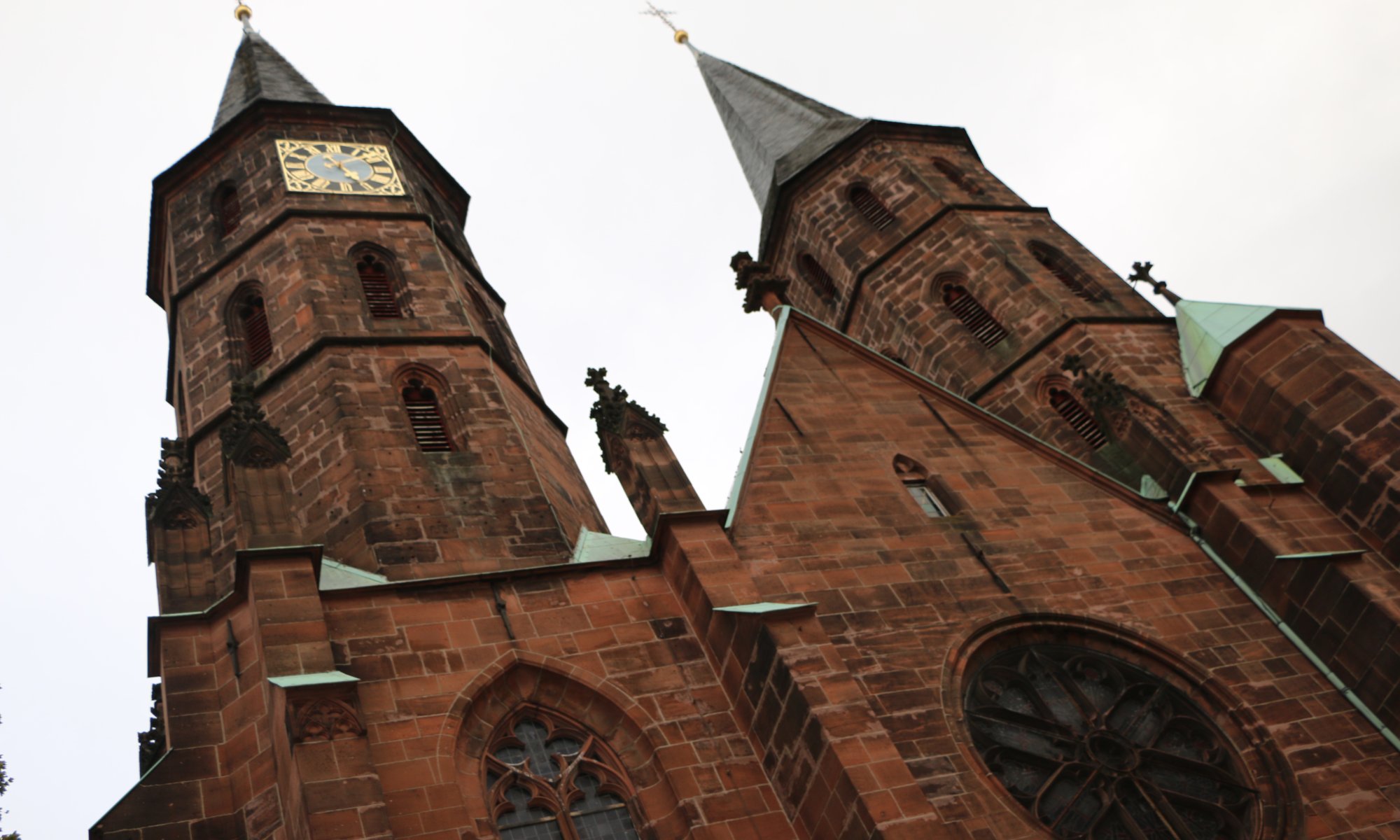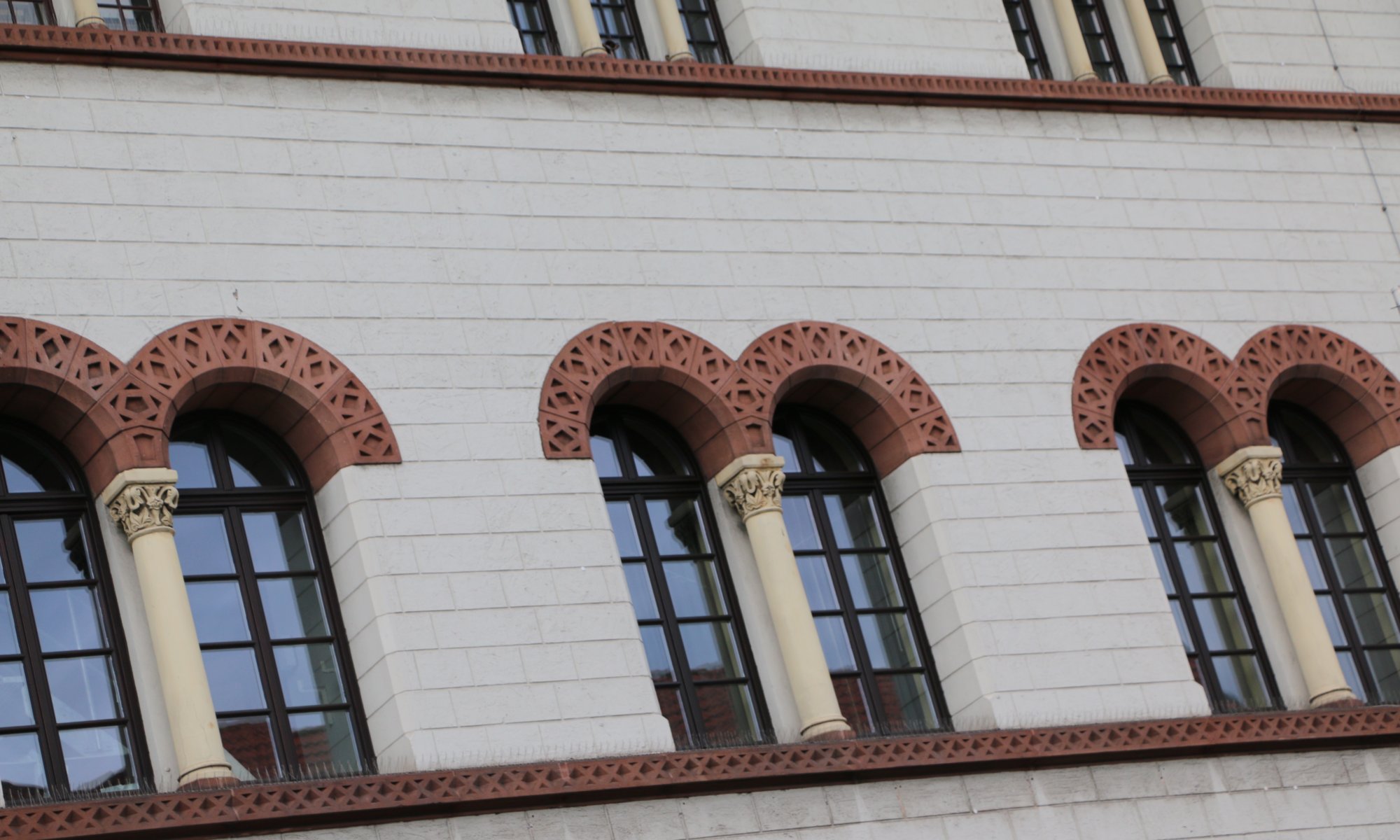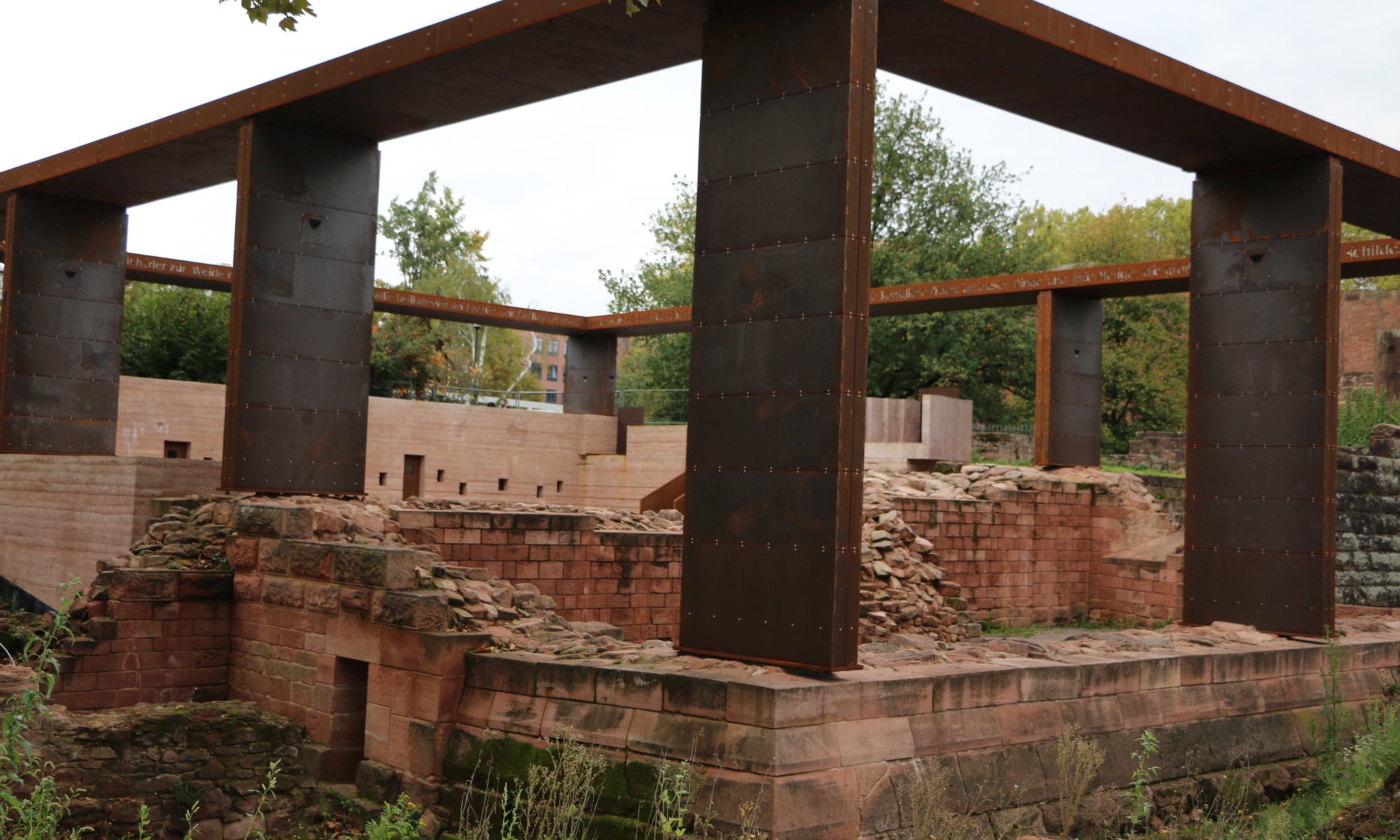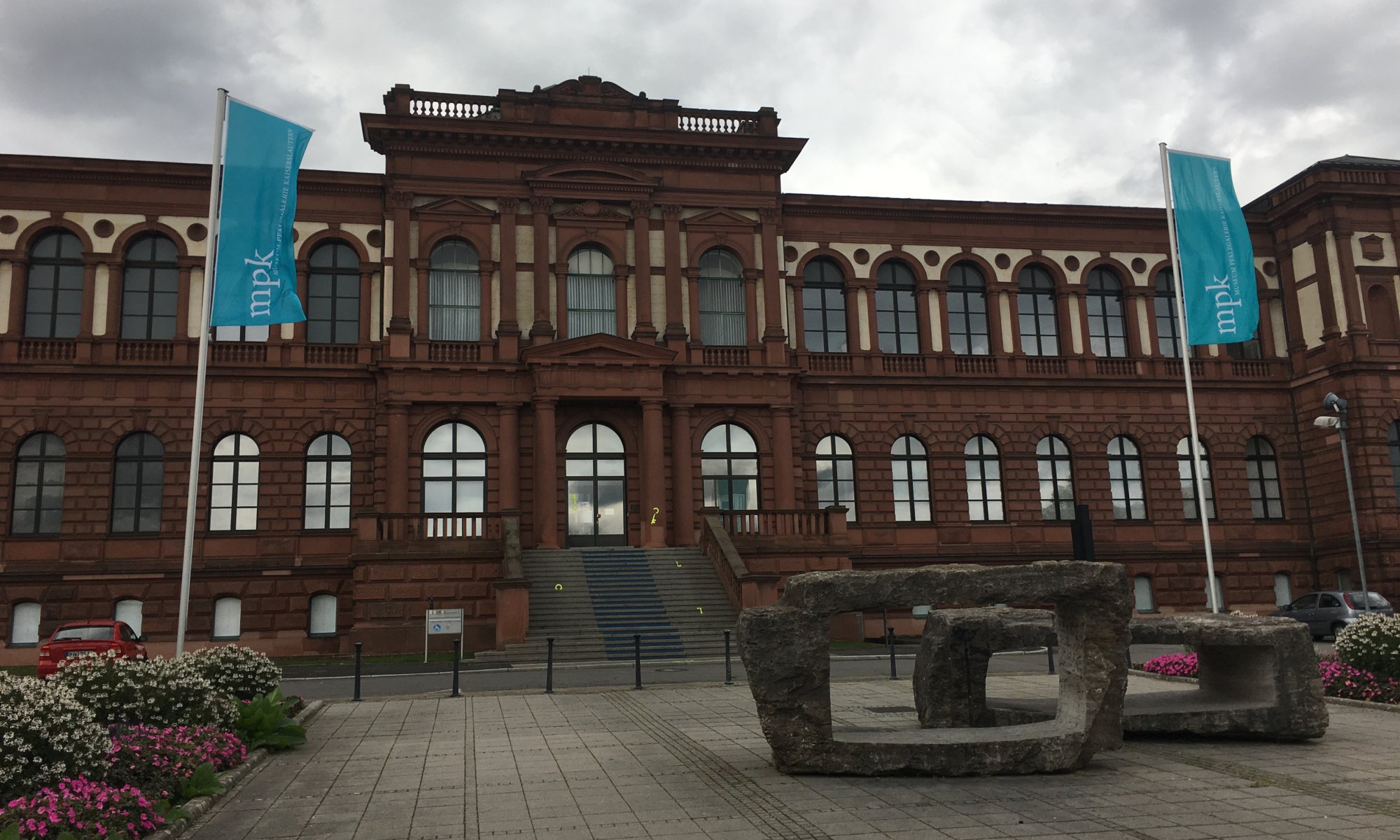Once a year I like to explore cities I normally wouldn‘t get to. To see the touristic highlights, to walk through the streets and feel the atmosphere and gain new insights. I did so with Erfurt and Jena in the last years and was always surprised how wrong my image of the city was. This time I took my wife to Kaiserslautern, Germany. Who would go there? Close to Germany’s smallest federal state – the Saarland, not far away from France and Luxemburg? Continue reading “Exploring Kaiserslautern”
Fritz-Walter-Stadion
The soccer stadium of Kaiserslautern, Germany was formerly named after the mountain it is standing on, the Betzenberg (a name every German soccer fan knows). The Stadion am Betzenberg was opened in 1920 and his home to the 1. FC Kaiserslautern which was playing for many years in the Bundesliga. To commemorate the famous German player Fritz Walter it was renamed on his 65th birthday to Fritz-Walter-Stadion. Continue reading “Fritz-Walter-Stadion”
Dinosaurs & Co.
The Gartenschau Kaiserslautern was opened in the year 2000 and formed – together with the Japanese garden – the first garden exhibition of the German federal state of Rhineland-Palatine. The grounds of a quarry, a spinning mill and a slaughterhouse in Kaiserslautern, Germany were transformed into a nice garden which is today an important park. Continue reading “Dinosaurs & Co.”
One night at Alcatraz
What to do with an old jail close to the city center? A lot of cities (including my hometown Göttingen, Germany) have to solve this question as these facilities often get to small and are rebuilt outside of the city. Often monument conservation laws prevent to change too much of the building. In Kaiserslautern, Germany they found a good way without denying the former usage. Continue reading “One night at Alcatraz”
The Spinnrädl
There aren‘t too many old buildings in the center of Kaiserslautern, Germany – but there is one very nice old house. This oldest half-timbered house was first mentioned in 1742 but a stone states the year 1509 as its creation year. From 1896 on it contains a wine bar called „Spinnrädl“ (meaning spinning wheel in the local dialect) which is today a famous restaurant. Continue reading “The Spinnrädl”
Café Extrablatt
We stumbled open the Café Extrablatt in Kaiserslautern, Germany in search for a place to sit down and have a coffee. Somehow I had the feeling of having been there already – and then a understood that this is a bar with a franchise system. Okay, so it isn’t unique – but it is a cosy place with a nice interior design in US-American style and therefore fitting well to the city influenced by the nearby Ramstein Air Base, the European headquarter of the US forces. Continue reading “Café Extrablatt”
Stiftskirche
The Stiftskirche in the center of Kaiserslautern, Germany was once a catholic church named St. Martin and St. Maria. Today it is a protestant church inviting everyone for a quite moment. On the site once a cloister (“Stift“) was created by monks that emperor Friedrich Barbarossa had invited to settle in the city in the year 1176 CE. The church was built from the year 1250 on. Continue reading “Stiftskirche”
Fruchthalle
The Fruchthalle in Kaiserslautern, Germany is a former crop marketplace built using the plans of August von Voit from 1843 to 1846. Voit later became well known by designing the Neue Pinakothek in München, Germany. The Fruchthalle was created in Italian renaissance style, is well preserved and can be found close to the city center. It is today used for concerts and other events. Continue reading “Fruchthalle”
Kaiserpfalz
The Kaiserpfalz in Kaiserslautern, Germany is the ruin of the medieval royal palace of the Holy Roman Emporer Friedrich Barbarossa („red beard“) built in the 12th century CE. The so called Barbarossaburg is located close to the city center of Kaiserslautern. It was damaged in 1635 and 1688 and was finally destroyed by the French army in 1703. Continue reading “Kaiserpfalz”
Pfalzgalerie
The Museum Pfalzgalerie Kaiserslautern is an art museum opened in 1880 in Kaiserslautern, Germany. It collects paintings and statues from the 19th to the 21st century CE and is located close to the city center and the new townhall skyscraper. When we were there the had a nice exhibition about privacy and big data. Continue reading “Pfalzgalerie”
